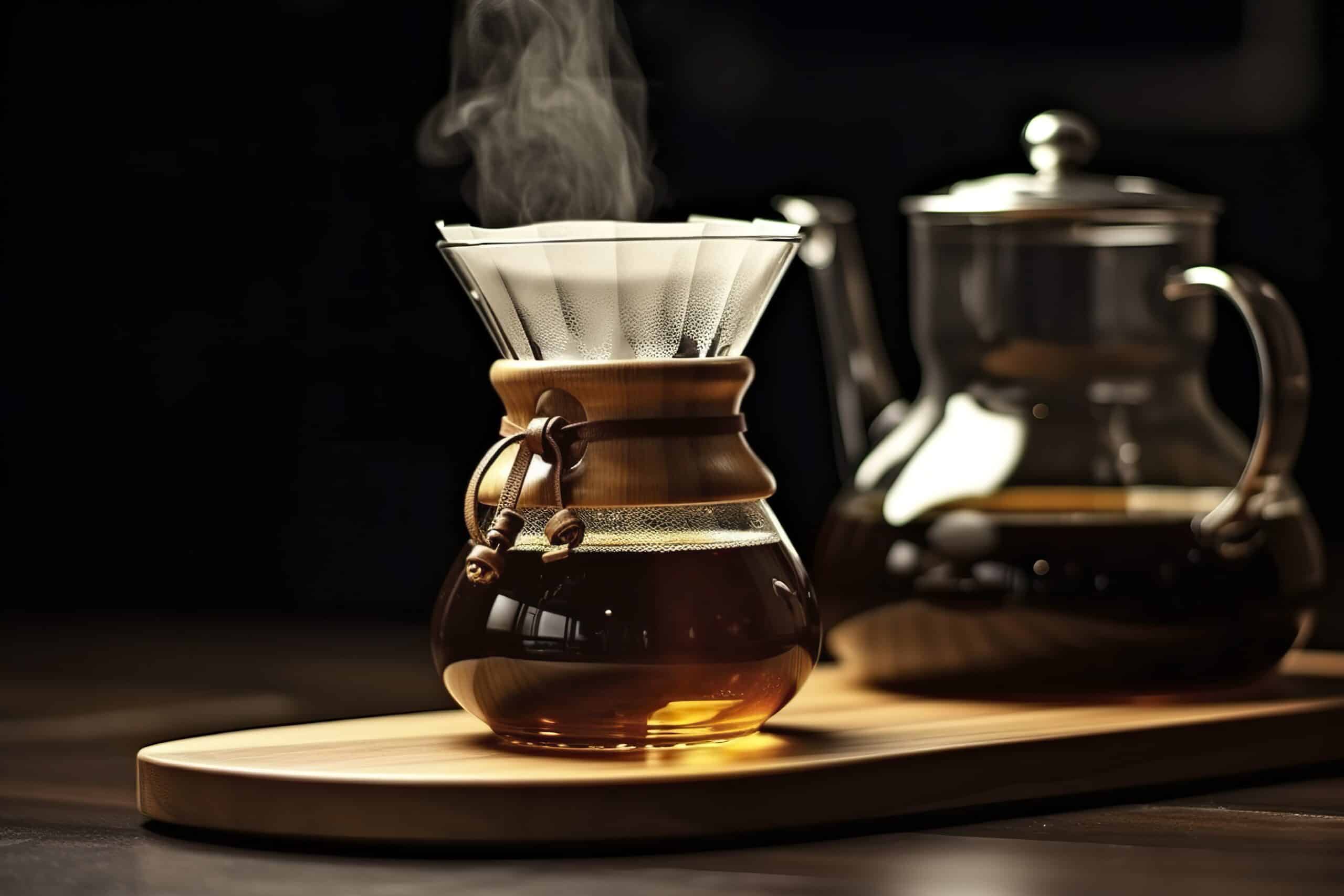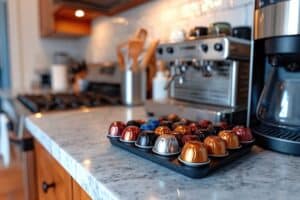How Does a Pour Over Coffee Maker Work?
Key Takeaways
- A pour over coffee maker relies on the manual process of pouring hot water over coffee grounds, giving the user control over water temperature, pouring rate, and coverage of the grounds.
- Pour over brewing involves grinding the coffee beans, preparing the filter, measuring and heating the water, and pouring the water over the grounds in a controlled manner.
- Pour over brewing allows for customization of variables such as coffee-to-water ratio, grind size, pouring speed, and brewing time, resulting in a more flavorful and personalized cup of coffee.
A pour over coffee maker is a simple, yet effective brewing method that allows you to have full control over the brewing process, resulting in a flavorful cup of coffee. Unlike automatic coffee machines, which use internal mechanisms, a pour over coffee maker relies on the manual process of pouring hot water over coffee grounds. This method gives you control over the water temperature, the rate of pouring, and how it covers the coffee grounds.
The Basics of Pour Over Brewing
The process of using a pour over coffee maker involves several steps. First, you need to grind your coffee beans to the desired consistency. A medium grind is typically recommended for pour over brewing. Next, you prepare the filter by placing it in the pour over brewer. The filter helps to remove any sediment and oils, resulting in a smoother cup of coffee.
Measuring and Heating the Water
Once your coffee grounds and filter are ready, it’s time to measure out your water. The ideal water temperature for pour over brewing is between 195°F to 205°F (90°C to 96°C). Using a gooseneck kettle can help you achieve precise pouring and maintain control over the water flow.
Pouring Technique
When pouring the hot water over the coffee grounds, it’s important to do so in a controlled manner. Start by wetting the grounds, allowing them to bloom. This is the initial release of carbon dioxide from the coffee, which creates a foamy layer on top. After the bloom, continue pouring the water in a slow, circular motion, evenly saturating all the coffee grounds.
Customizing the Brewing Process
One of the advantages of using a pour over coffee maker is the ability to customize the brewing process. You can adjust various variables to achieve your preferred taste. Experiment with the coffee-to-water ratio, grind size, pouring speed, and brewing time to find the perfect balance for your palate.
Benefits of Pour Over Brewing
There are several benefits to using a pour over coffee maker:
- Control: Pour over brewing allows you to have full control over the brewing process, enabling you to adjust variables to suit your taste preferences.
- Flavor: The slow and controlled extraction process of pour over brewing often results in a more flavorful and aromatic cup of coffee.
- Customization: With pour over brewing, you can experiment with different variables to customize the taste and strength of your coffee.
- Simplicity: Pour over coffee makers are relatively simple and easy to use, requiring minimal equipment and maintenance.
Conclusion
Pour over coffee makers offer a manual and controlled brewing method that allows coffee enthusiasts to extract the full potential of their coffee beans. By carefully pouring hot water over coffee grounds, you can achieve a flavorful and aromatic cup of coffee. The process of pour over brewing involves grinding the coffee beans, preparing the filter, measuring and heating the water, and pouring the water over the grounds in a controlled manner. With the ability to customize various variables, pour over brewing allows you to tailor the taste and strength of your coffee to your liking.
Related Websites:
FAQs:
Q: What are the benefits of using a pour over coffee maker?
Using a pour over coffee maker allows for greater control over the brewing process, resulting in a more flavorful and aromatic cup of coffee. It also allows the natural oils and flavors of the coffee beans to shine through, creating a richer and more complex taste.
Q: What are the main components of a pour over coffee maker?
The main components of a pour over coffee maker include the brewer, filter, and carafe. The brewer holds the filter and coffee grounds, while the filter allows the water to flow through and extract the flavors. The carafe collects the freshly brewed coffee.
Q: What is the step-by-step process of making pour over coffee?
The step-by-step process of making pour over coffee includes: 1) Preparing and grinding the coffee beans, 2) Heating water to the ideal temperature, 3) Wetting the filter and placing it in the pour over coffee maker, 4) Adding the ground coffee to the filter, 5) Pouring hot water over the coffee grounds in a specific pattern, 6) Allowing the coffee to drip through the filter into the carafe, and 7) Enjoying the freshly brewed pour over coffee.
Q: What factors affect the performance of pour over coffee makers?
Several factors can affect the performance of pour over coffee makers, including brew time and water flow rate, grind size and consistency, water temperature and quality, and the technique used. It is important to experiment and practice to achieve the desired results.
Q: Are there alternative pour over coffee brewing methods?
Yes, there are alternative pour over coffee brewing methods, such as the Chemex or Hario V60. These methods have their own unique characteristics and can result in slightly different flavors. However, the basic principles of pour over coffee brewing remain the same.






